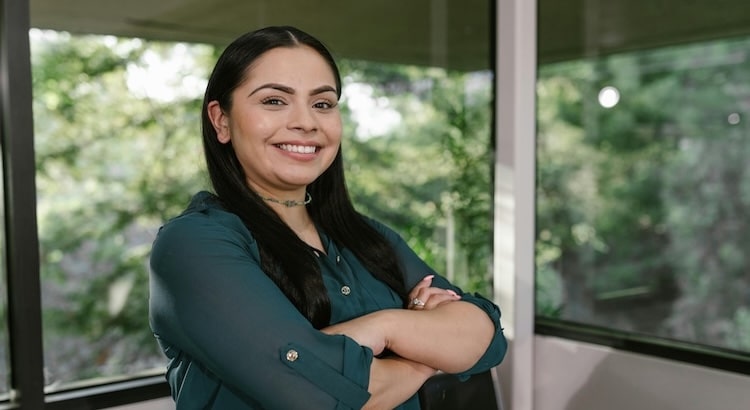How to Convert Audio Files Using VLC on Windows and Mac
Audio file conversion is essential for sharing, editing, or playing music on different devices. VLC Media Player, a popular free media player, also offers powerful audio conversion features. This step-by-step guide shows how to convert audio files using VLC on both Windows and Mac. Let’s dive in and make your audio files more flexible and accessible.
Convert Audio with VLC on Windows
Step 1: Launch the VLC Application
- Open the VLC Media Player.
Step 2: Access the Convert/Save Feature
- Go to the “Media” menu in the upper-left corner.
- Select “Convert / Save.”
- You can also press Ctrl + R on your keyboard as a shortcut.
Step 3: Add Audio Files
- Click the Add button to choose your audio files.
- Select one file or several at a time.
Step 4: Choose Convert Options
- Click the small arrow next to “Convert / Save.”
- Choose “Convert” from the drop-down menu.
Step 5: Set Conversion Parameters
- In the new window, double-check your source files.
- Set the destination by clicking “Browse” and picking a location and file name.
- Choose your output format under “Profile.” Common audio options include MP3, OGG, and FLAC.
- If you need another format, you can create a new profile by clicking “New Profile.”
Step 6: Start the Conversion Process
- Click Start to launch the conversion.
Viewing Progress
- The main VLC window shows the progress with a seek bar.
- VLC does not display a pop-up when finished; the file will be in your destination folder.
Troubleshooting Tips
- If the output format is incorrect, review your selected profile before starting conversion.
- For large files, conversion time depends on your system speed.
For more options, explore VLC’s feature documentation.
Convert Audio with VLC on Mac
Step 1: Open VLC
- Launch the VLC app on your Mac.
Step 2: Choose Convert/Stream
- Go to the “File” menu.
- Select Convert / Stream.
- You can also use Shift + Command + S as a shortcut.
Step 3: Add Your Audio Files
- Drag and drop files into the “Drop media here” area or click “Open media” to select files manually.
Step 4: Select Output Format
- Use the “Choose Profile” menu to pick your output format (MP3, OGG, FLAC, etc.).
- Remember, the default selection is a video format — change it to an audio format if needed.
- For advanced users, click “Customize” to edit profile settings.
Step 5: Set Destination for Converted Files
- Click “Save as File.”
- Name your new file and pick the output location.
- Click “Save.”
Step 6: Begin the Conversion
- Click the “Save” button (formerly “Go!”) in the Convert & Stream window.
- VLC will convert your file and save it to the chosen location.
Monitor the Process
- The seek bar shows progress in the main VLC window.
- No sound or pop-up will signal completion; check your destination folder for the new audio file.
VLC Audio Conversion: Frequently Asked Questions
What audio formats does VLC support for conversion?
- Most common formats: MP3, OGG, FLAC, WAV, and CDA (Audio CD).
- Options may differ depending on your VLC installation and operating system.
How fast is audio conversion in VLC?
- Conversion speed depends on your computer, file size, and file type.
- Shorter files and faster computers result in quicker conversions (Consumer Reports, 2023).
Can VLC batch convert multiple files at once?
- Yes. Add multiple files in the “Add” step on Windows or drag in several files on Mac.
Will the converted files lose quality?
- Conversion may slightly reduce quality, depending on settings and output format.
- For lossless audio, pick FLAC or high-bitrate options (Meyer, 2022).
Alternatives to VLC for Audio Conversion
- Other free tools, such as Format Factory, can also convert audio files across many formats.
- Format Factory supports video, audio, and image conversion, as well as CD/DVD/BR ripping and screen recording.
Boost Your Audio Workflow with GoTranscript
If you need more than just conversion, GoTranscript’s comprehensive transcription services can help with accurate, fast delivery for interviews, podcasts, and more. For those who need fast and affordable solutions, the automated transcription tool and AI transcription subscription make transcribing audio or video seamless.
Want to add readable text to your videos? Try closed caption services or subtitling services for accessibility and clarity. Ensure quality with transcription proofreading, or break language barriers using text translation and audio translation services.
Check transparent transcription pricing and captioning rates, or order transcription and captions directly on the platform. GoTranscript makes managing your audio, captions, and translation projects simple and effective.



















 Verified Order
Verified Order